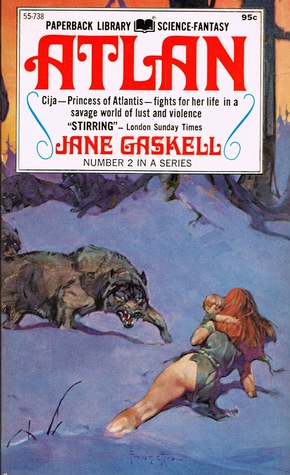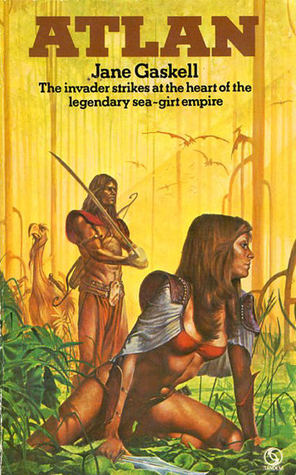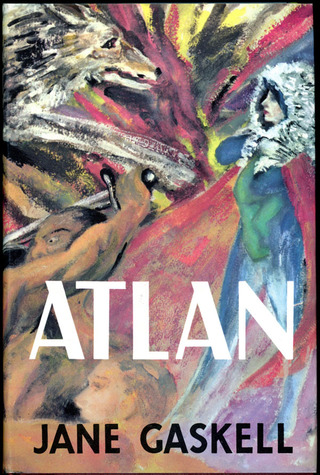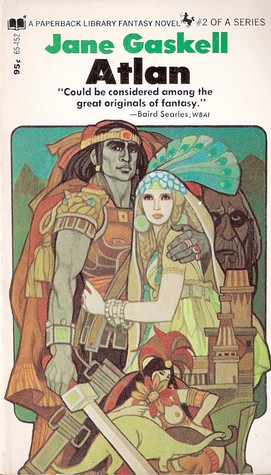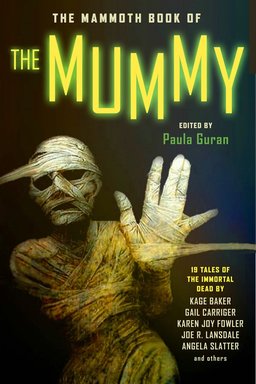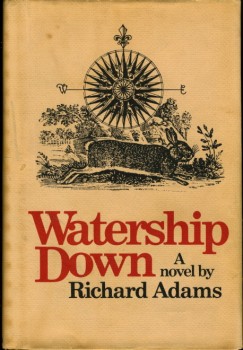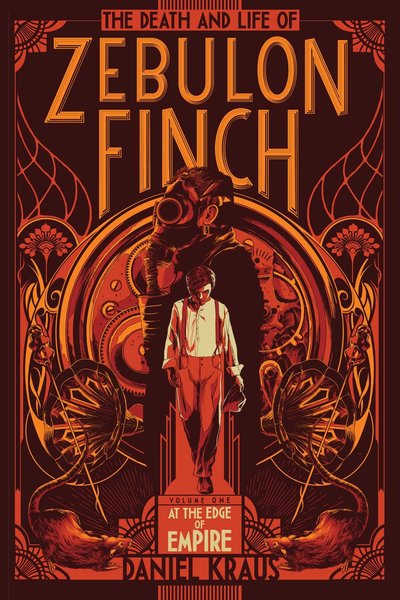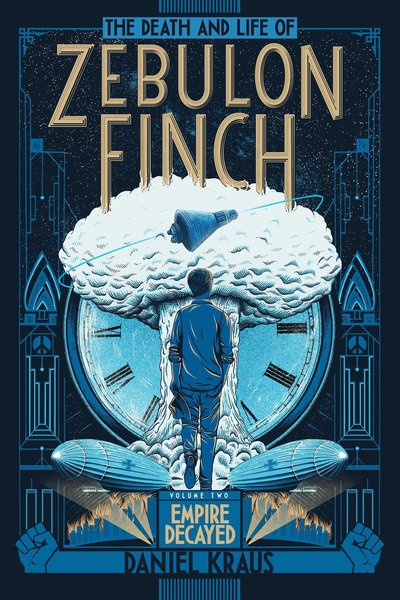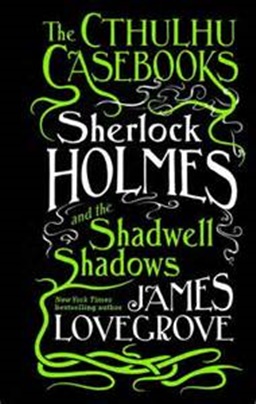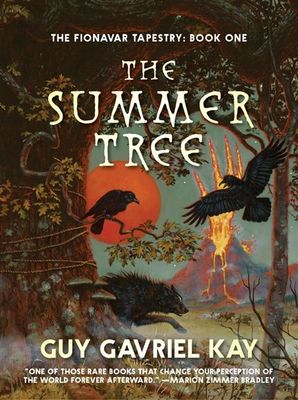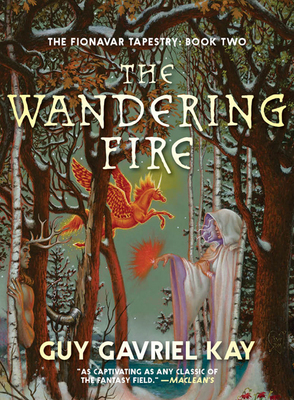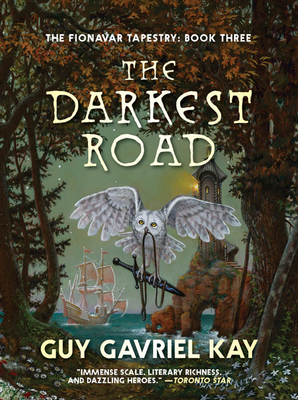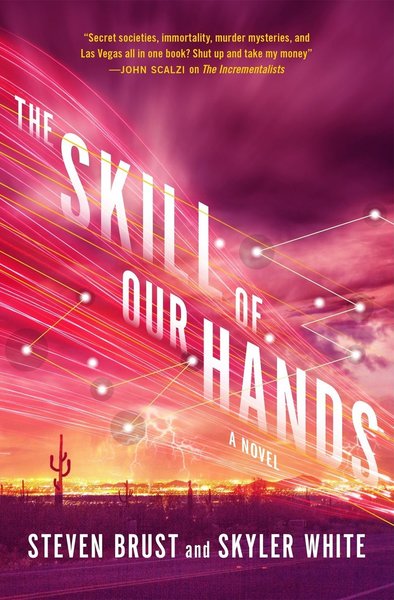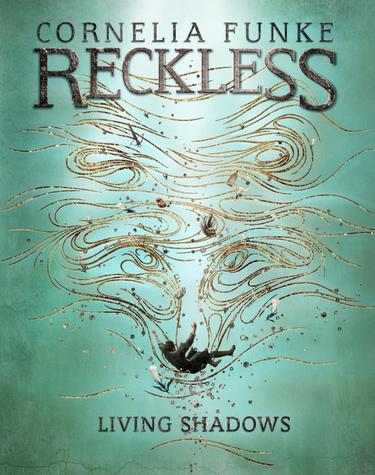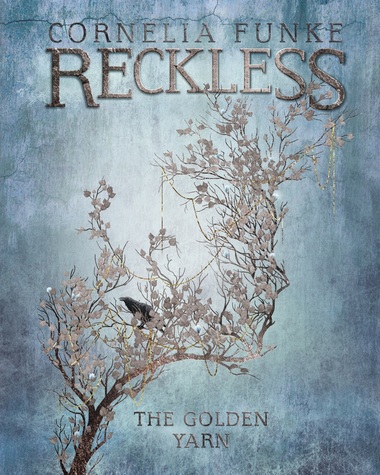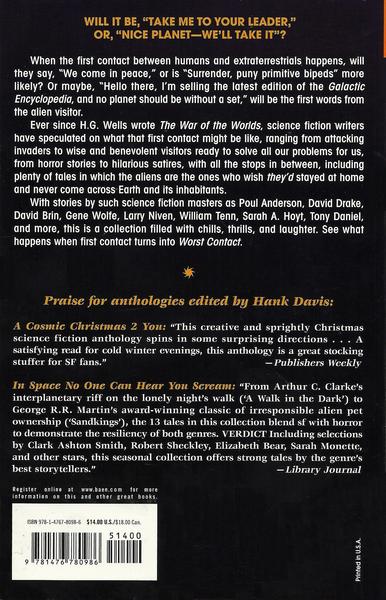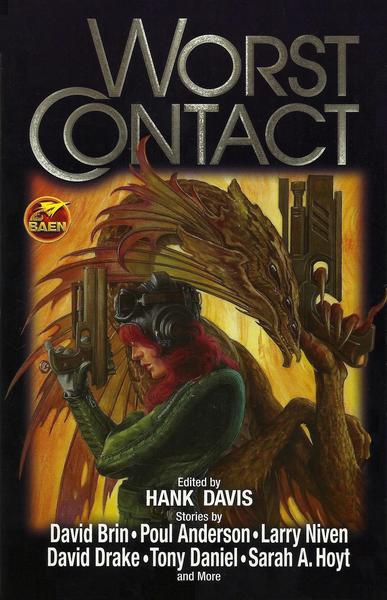A Tale of Two Covers: Alan Baxter’s Crow Shine and Sarah Remy’s The Bone Cave
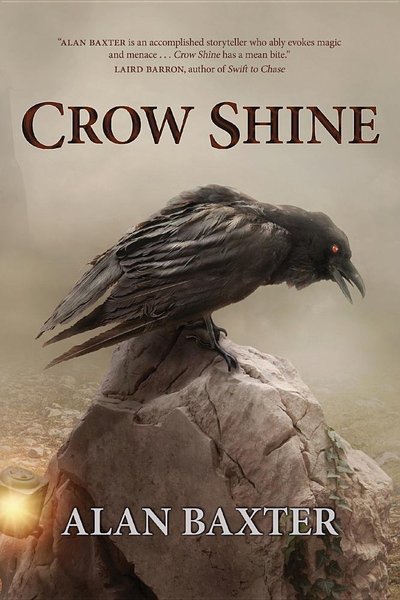 |
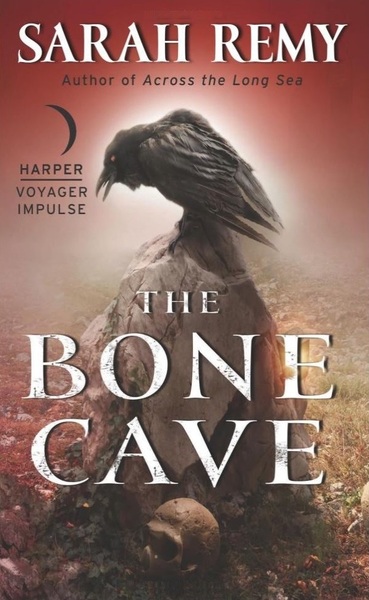 |
This week’s Tale of Two Covers looks at two very similar covers, released a month apart late this year. (Click the images above for bigger versions.)
The first is Crow Shine, published by the Australian independent publisher Ticonderoga Publications on November 11, 2016. Crow Shine is the debut horror collection from Australian dark fantasy writer Alan Baxter, and it gathers stories from F&SF, Beneath Ceaseless Skies, Postscripts, and multiple anthologies. You can read more about it at the Ticonderoga website, but unfortunately it doesn’t identity the cover artist.
The second is The Bone Cave, published in paperback yesterday by Harper Voyager Impulse. It’s the third volume in Sarah Remy’s Bone Magic series, following Stonehill Downs (2014) and Across the Long Sea (2015). See all the details at the publisher’s website here. Like Crow Shine, the cover artist is uncredited.
While both books clearly make use of the same base image, there are also interesting design differences. Note the lamp affixed to the rock in the cover on the left (missing on the right), and the skull at the base of the rock on the right. They’ve also gone with different color schemes — Crow Shine is a pale white, almost green, and The Bone Cave has colored the entire background red.
